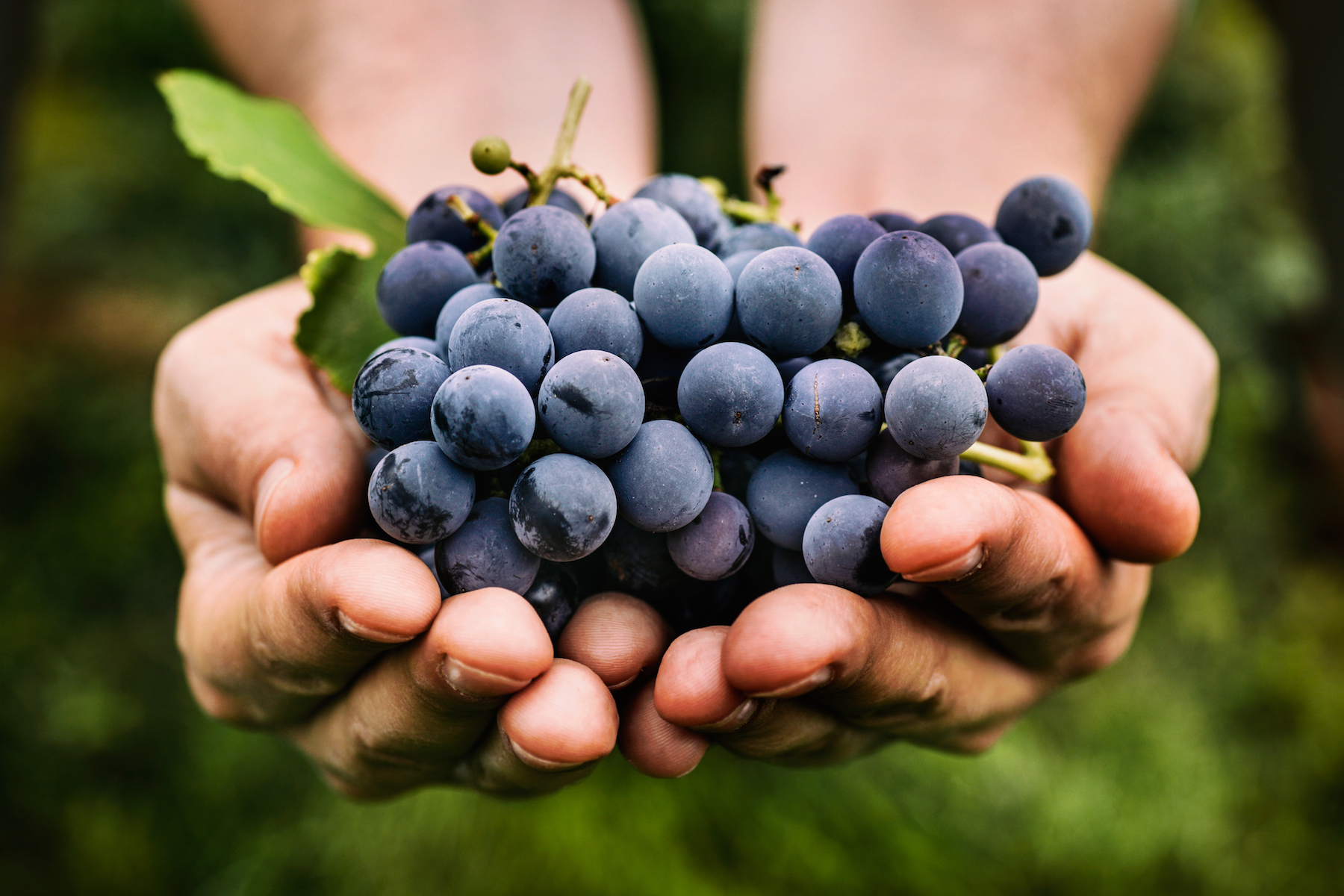
Grape waste from wine can offer antioxidants for health products
A research team at the University of Nebraska-Lincoln is working to transform grape waste into a renewable resource that can produce antioxidants, grape oils, and dietary fibers for health products.
According to the Food and Agriculture Organization of the United Nations, the global wine industry generates around 14 million tons of grape waste every year.
During the process of wine production, the seeds, stalks, and skins are not used and are discarded. About one-fourth of each grape becomes waste, which usually ends up in landfills.
“Large amounts of grape waste may be detrimental to the environment,” said lead author Changmou Xu. The rebranding of grapes could not only increase their economic value, but could also minimize environmental contamination, explained Xu.
Grape waste, known as pomace, pollutes surface and groundwater when pesticides and fertilizers used on the grapes leak out into the environment. In addition, grape waste can make soil more acidic because of its low pH.
Xu pointed out that pomace left in landfills can contribute to the spread of diseases because it attracts flies and pests.
Grape pomace is a rich source of natural antioxidants which bind to free radicals and prevent them from damaging cells. Along with grape seed oil, these pomace ingredients have been used in dietary supplements, cosmetics, and pharmaceuticals.
The research team is working to identify the best methods of extracting and separating nutrients from grape pomace for use in commercial products. Their technique must also remove any pesticides left on the grapes.
“We are also developing some applications in food, aiming to substitute artificial antioxidants with natural antioxidants from grapes for a ‘clean label’ food with only natural ingredients,” said Xu.
After separating the phenolic compounds from the other components of the pomace and adding them to fatty foods such as mayonnaise and ranch dressing, the researchers found that these compounds significantly extended the shelf life of the foods, particularly when the samples were exposed to warm temperatures.
The research was presented at a meeting of the American Chemical Society.
—
By Chrissy Sexton, Earth.com Staff Writer













